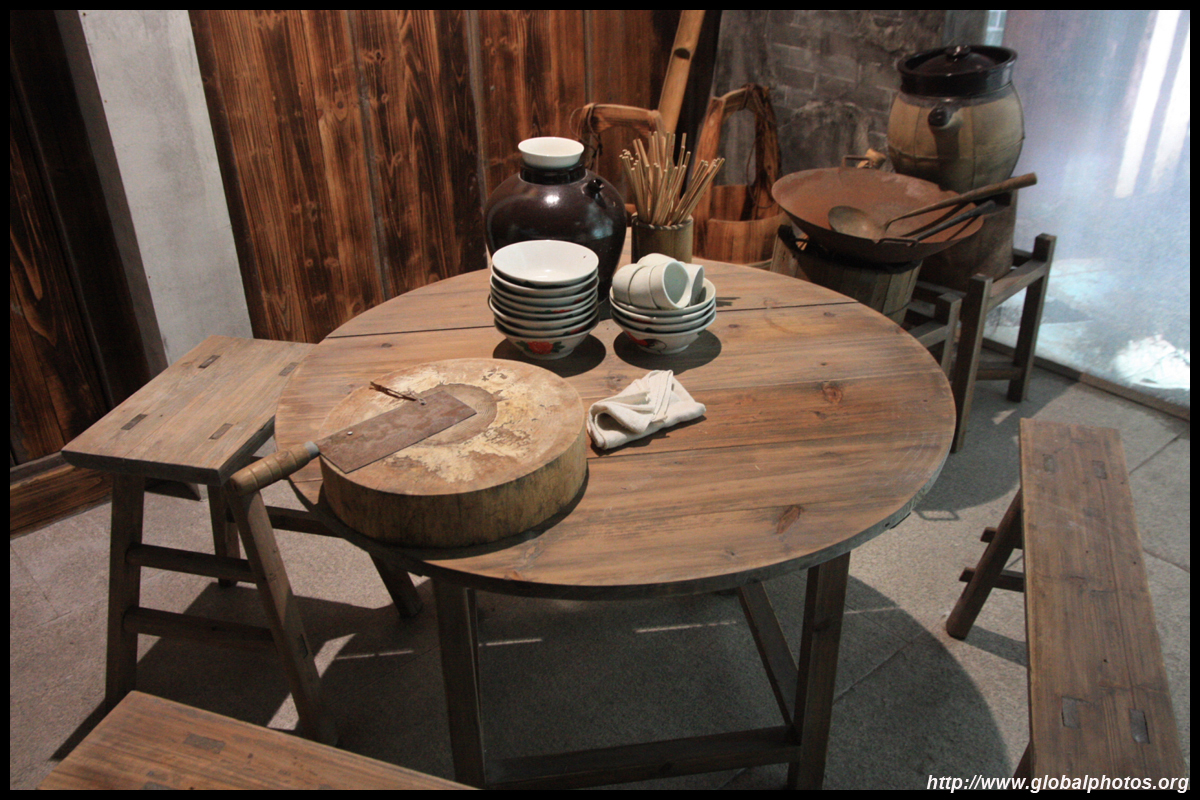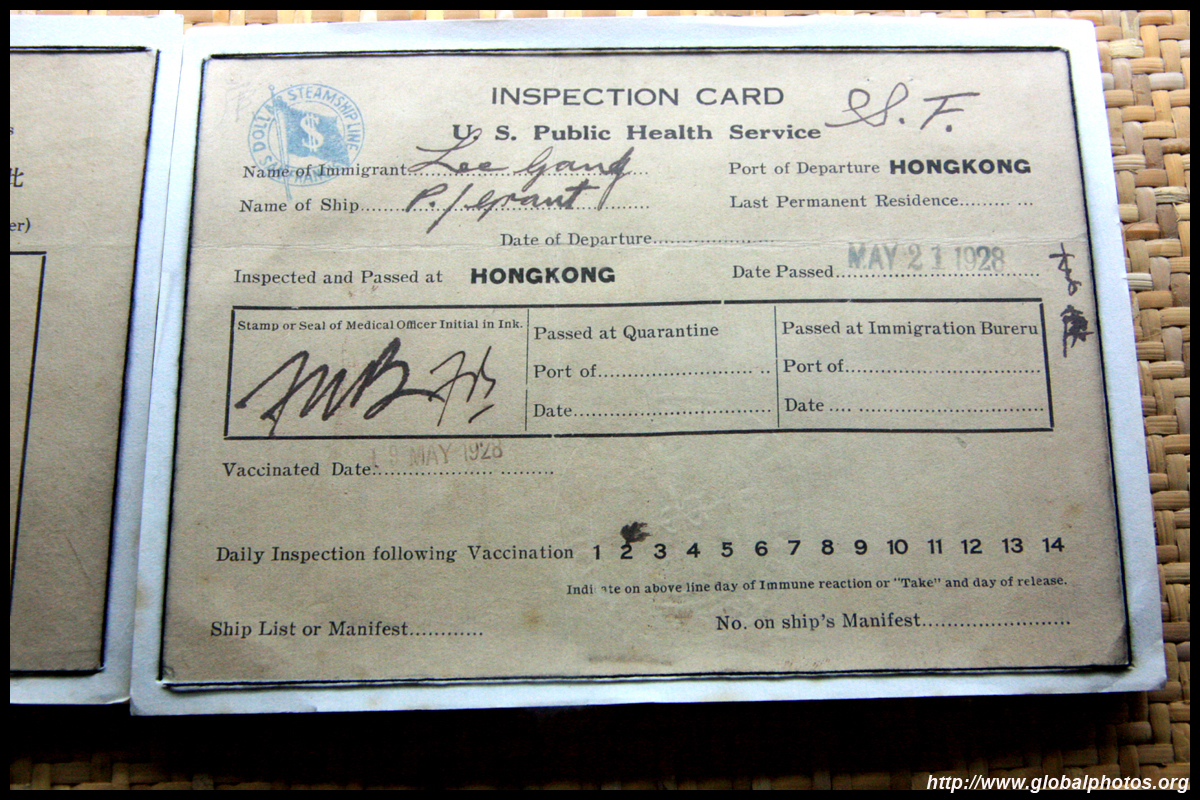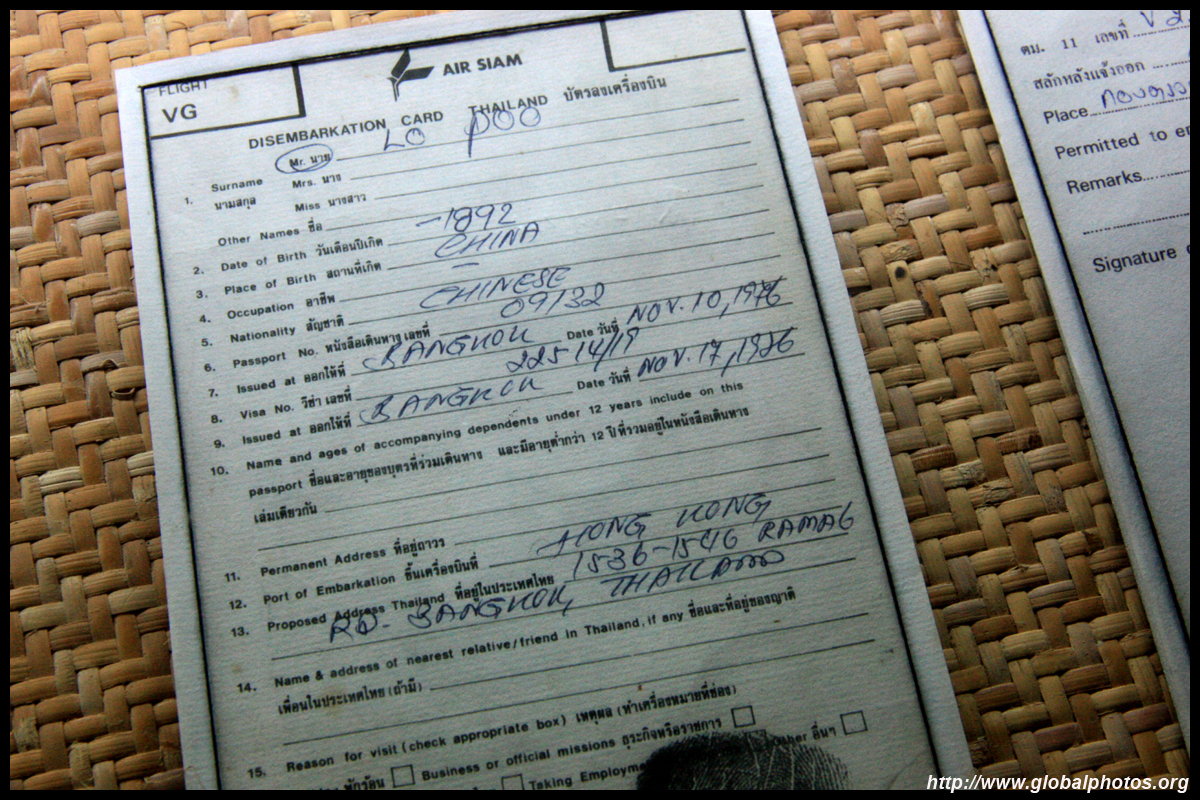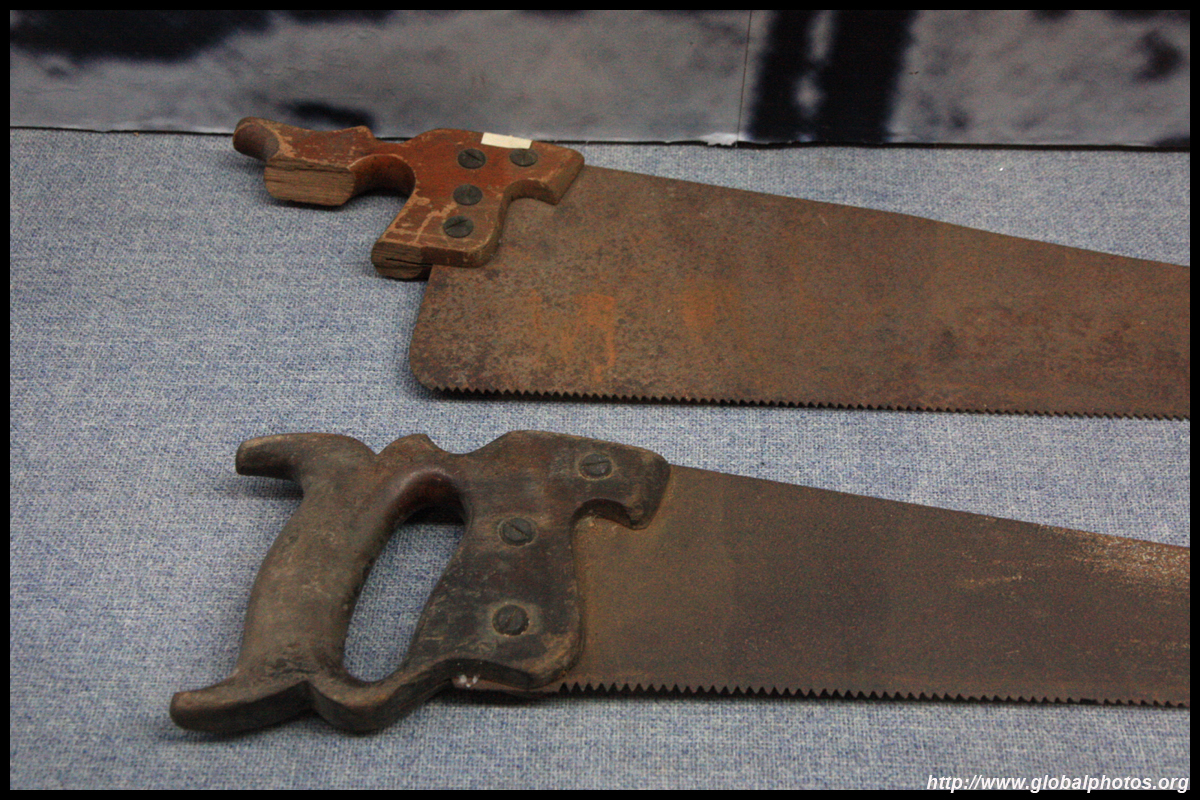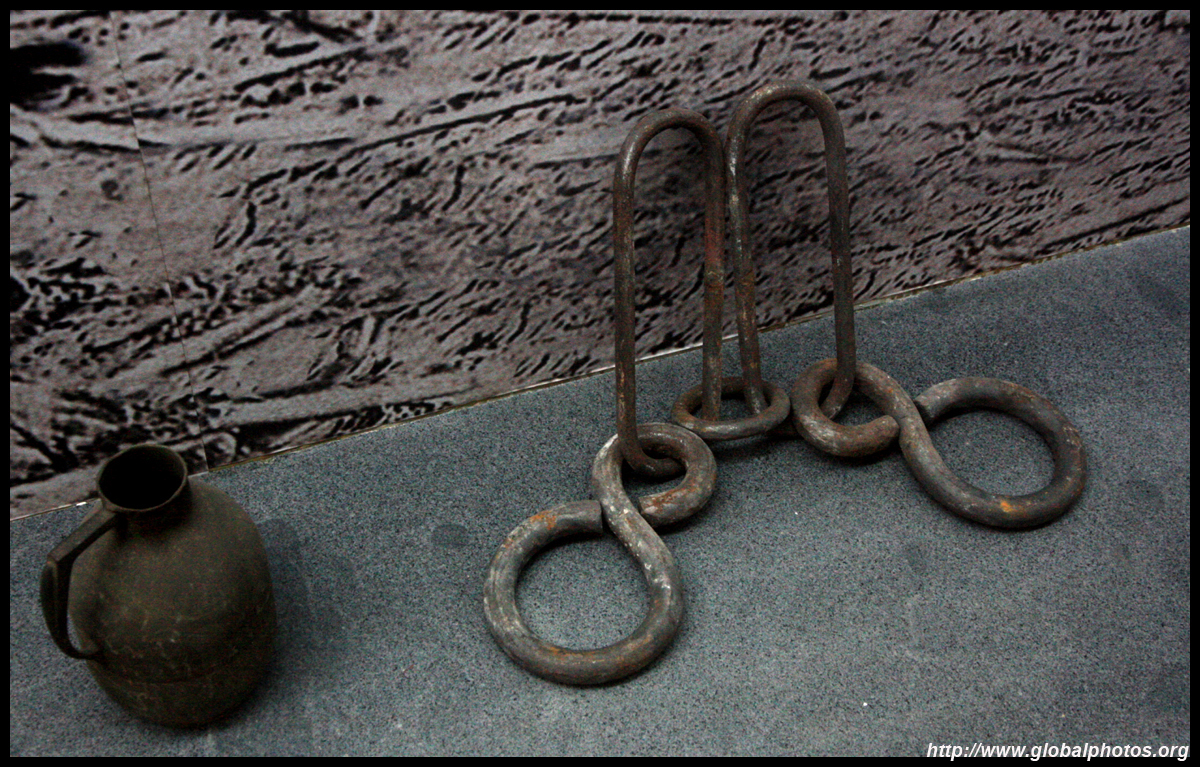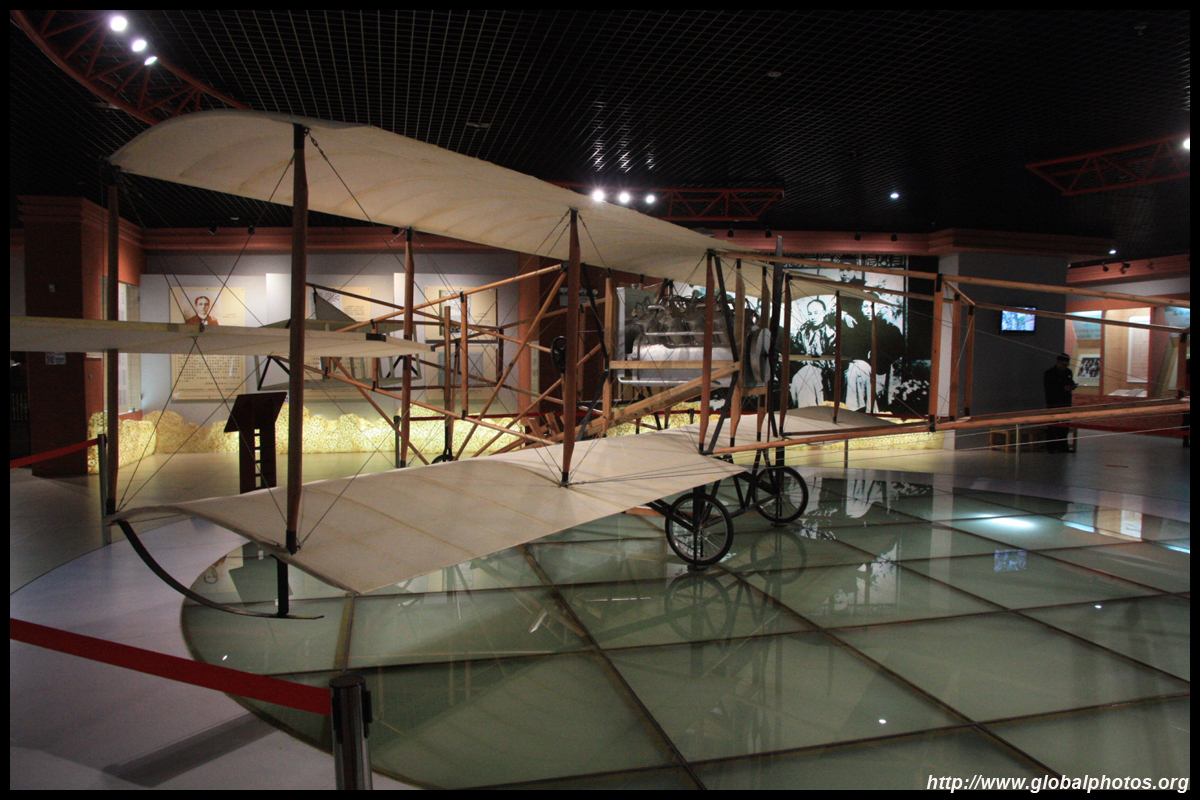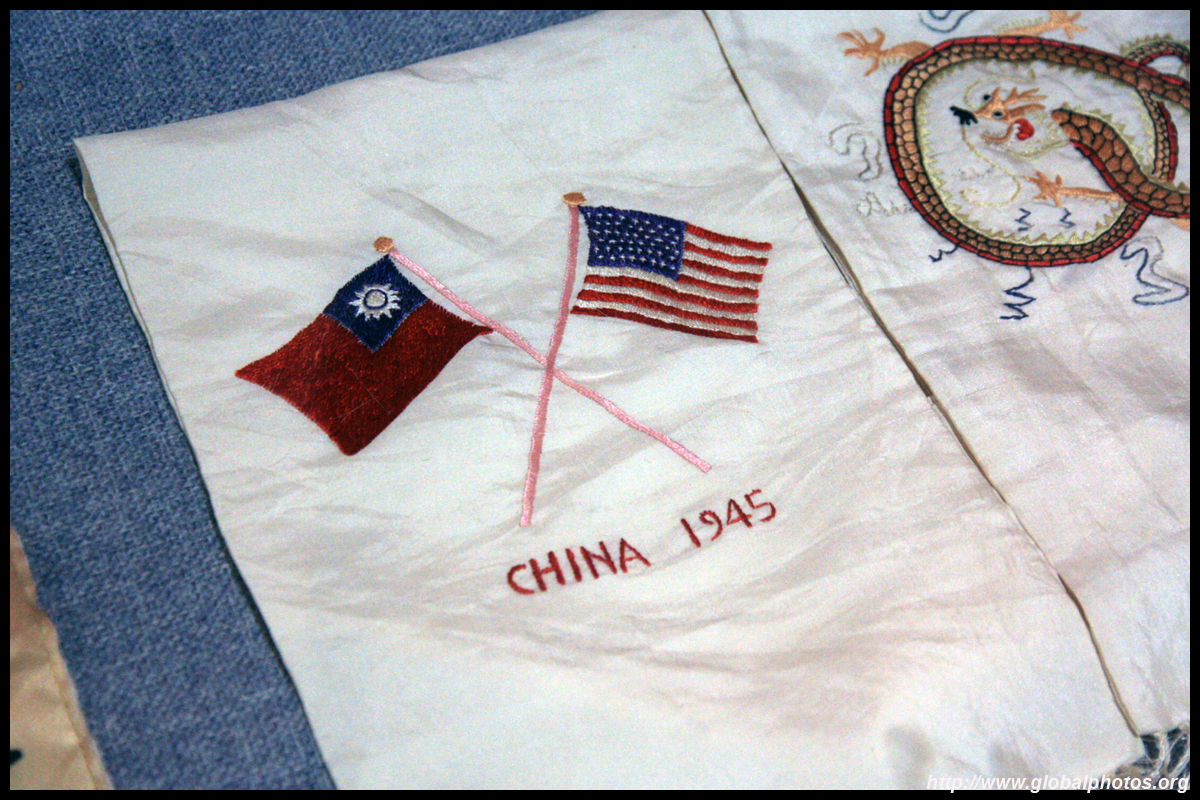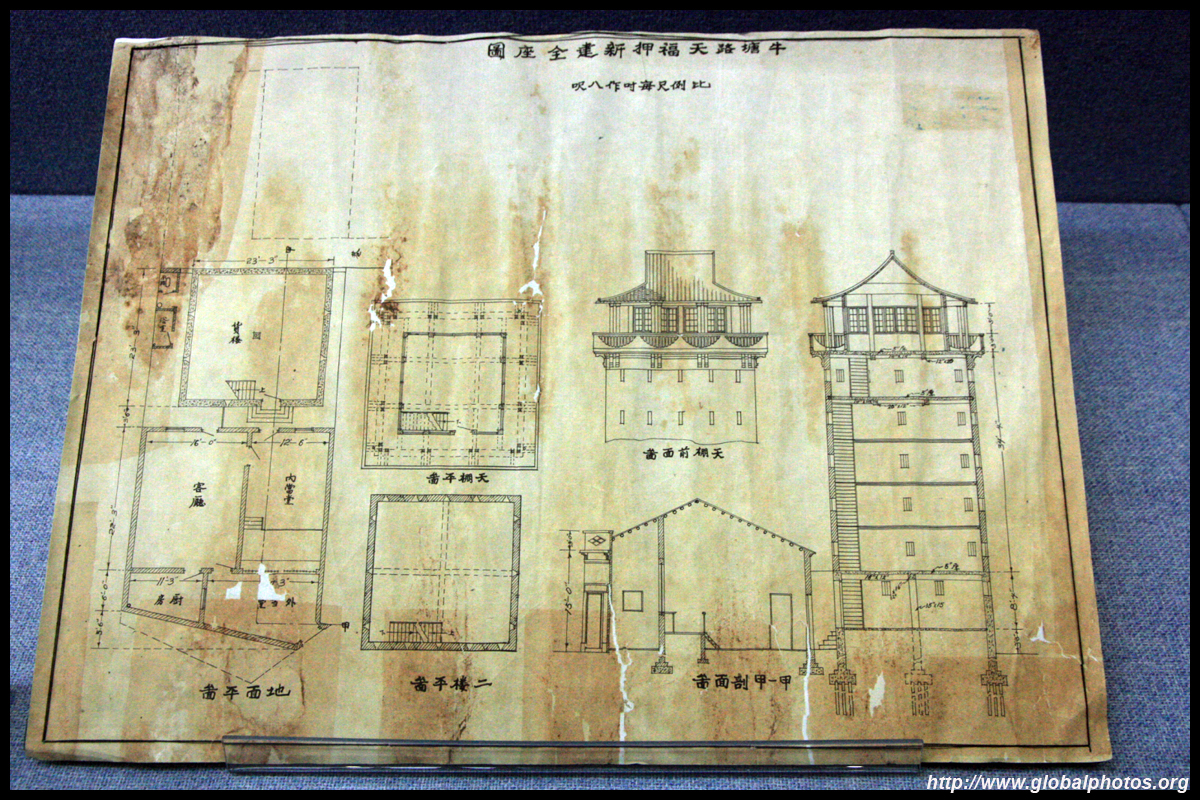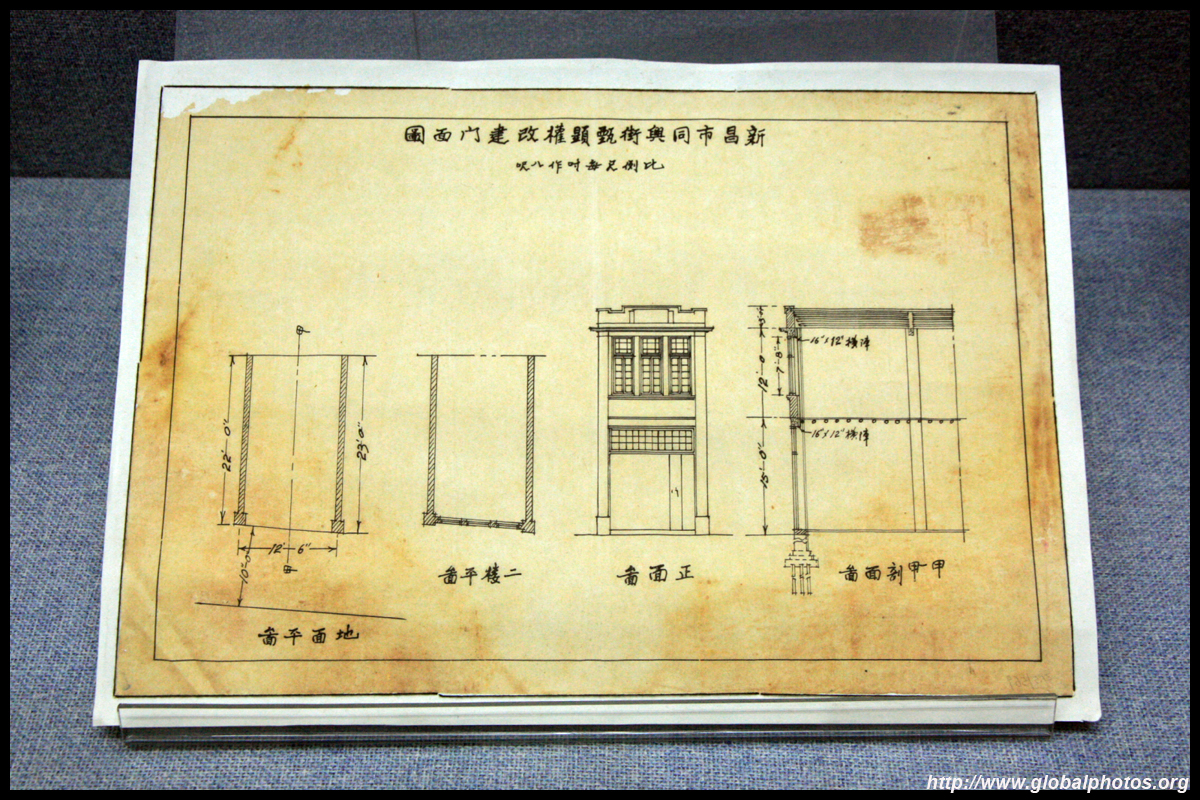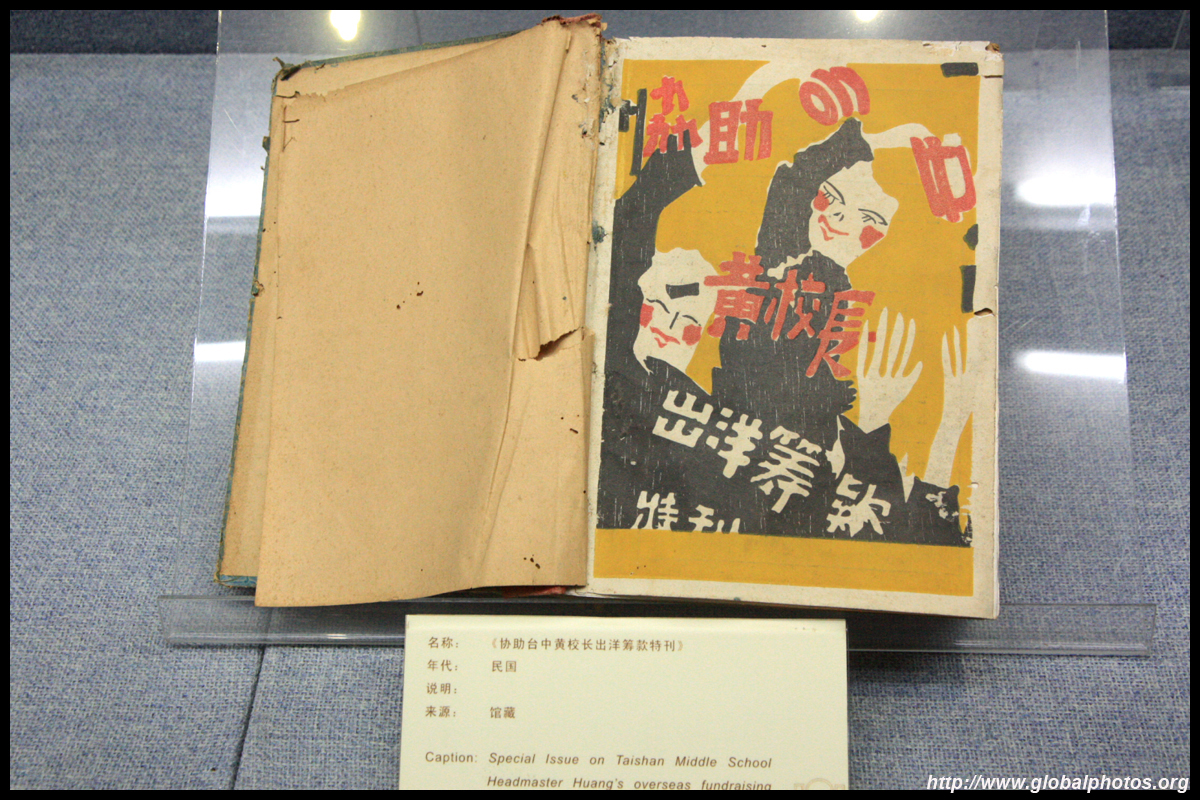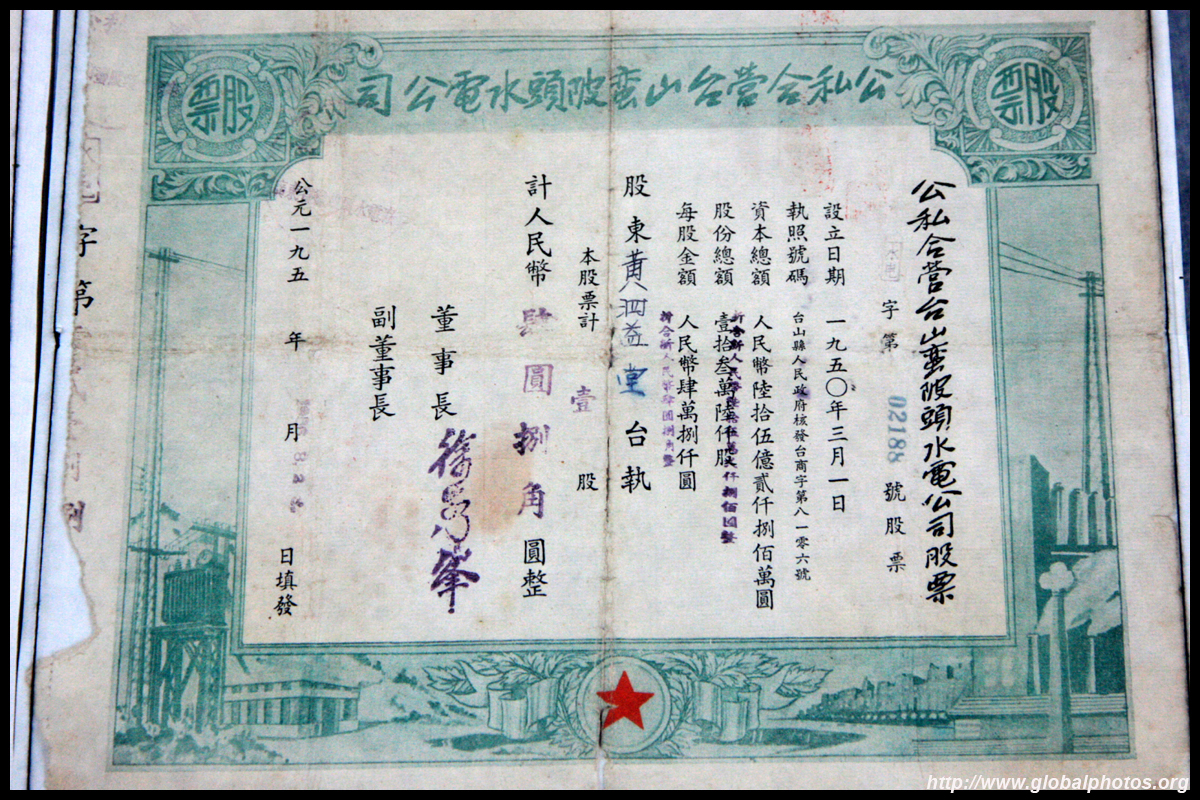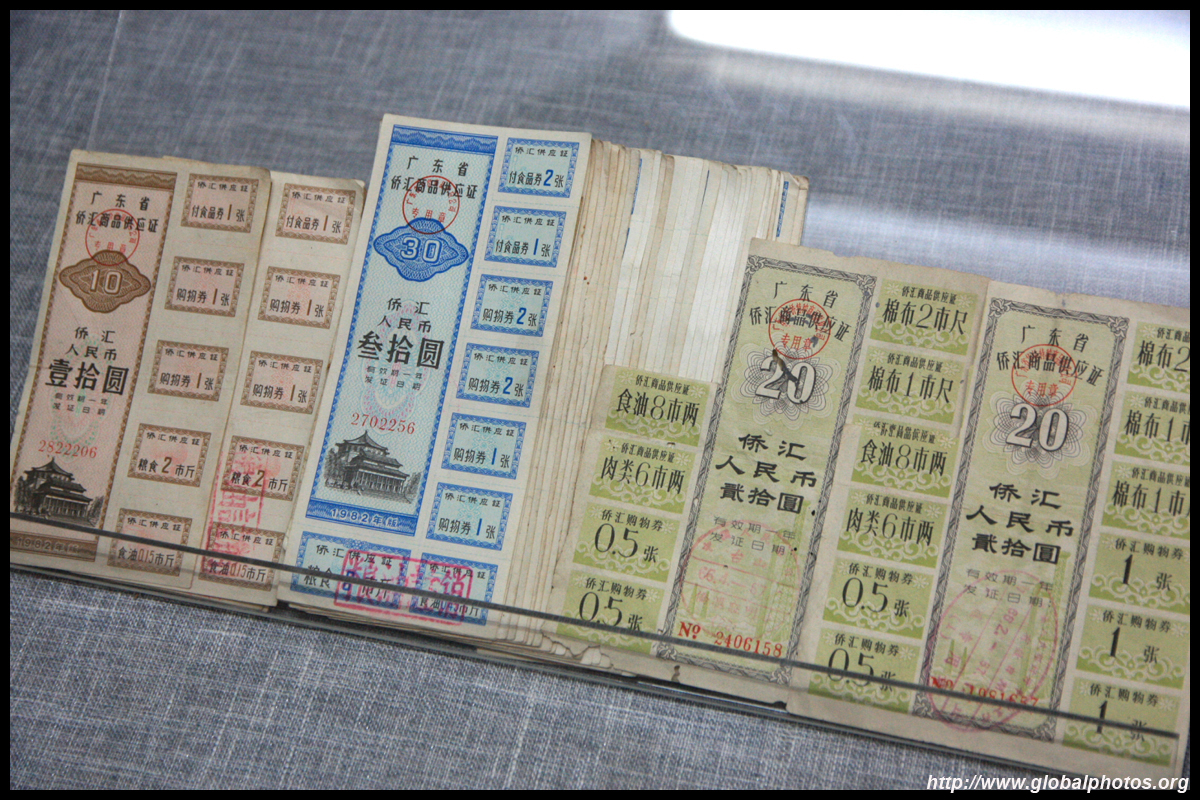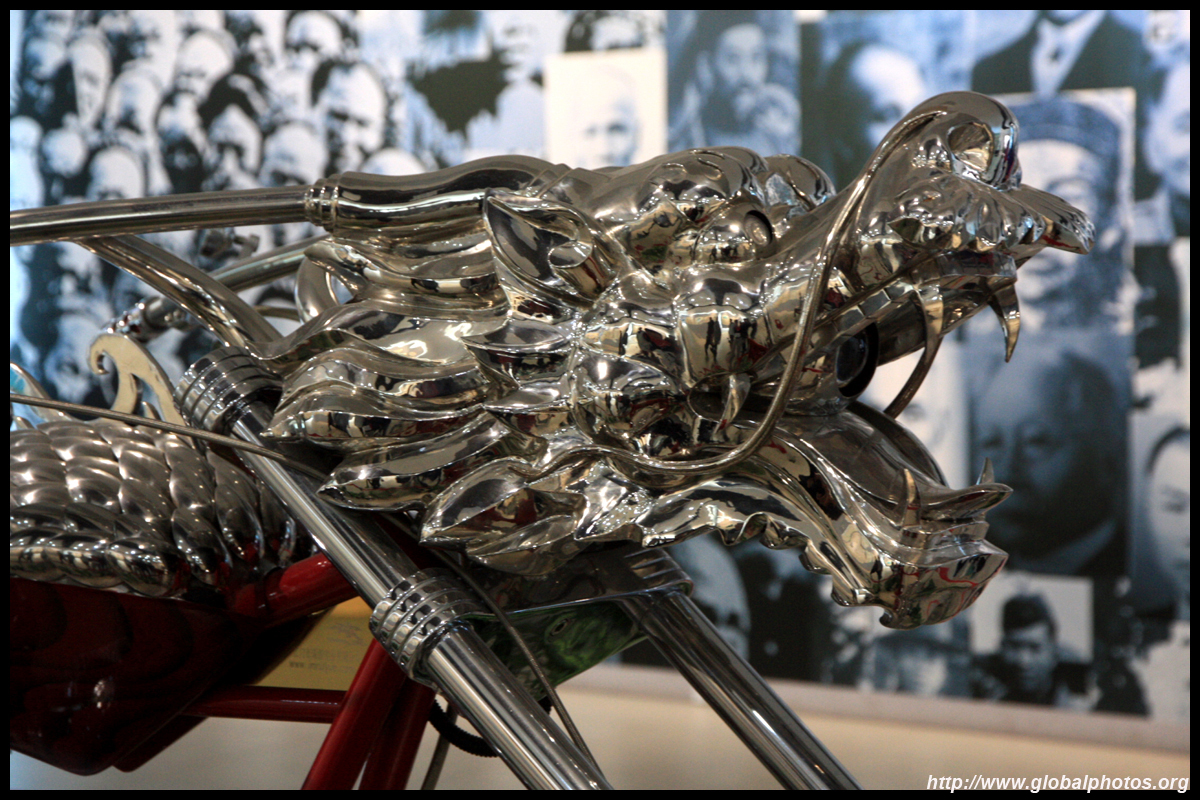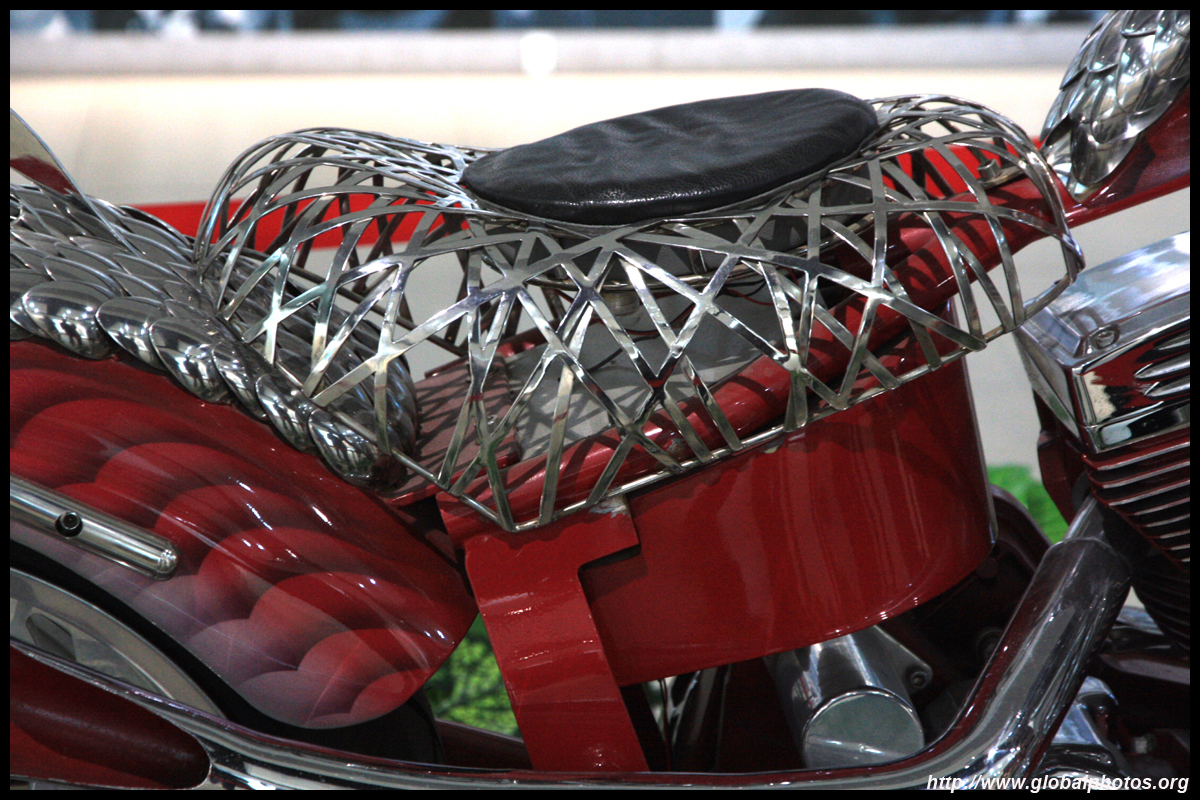Jiangmen Wuyi Overseas Chinese Museum

Jiangmen is located east of Kaiping and south of Guangzhou. A worthwhile stop is this museum, which has a collection of 35,000 artifacts showcasing the role of overseas Chinese and their hometowns in modern history.
An employment contract from the mid-19th century for a doctor on a ship.
The search for jobs and riches prompted many to leave China by boat to Southeast Asia and the Americas.
Ship tickets from the 1920s and 1940s
Without a signature, 3 fingerprints would do.
I wonder why did the Consulate issue these types of ID cards for overseas Chinese in the 1940s?
Upon arrival in the Americas, these immigrants were put to work on railroad construction.
Immigrants sent their earnings home, some of which was used to buy these infrastrudture stocks in 1933.
The Chinese diaspora is spread around the world. This artifact is from a Chinese high school in Myanmar.
Feng Ru was the first Chinese aircraft designer, maker, and aviator. He successfully test flew an aircraft in 1911 overseas and returned home in 1911 hoping to bring China into the aviation age. Unfortuantely, he died in a flight accident in 1912.
Overseas Chinee purchased these bonds to save the country during the Republican era.
War-time and liberty bonds
China and the US were allies during World War II.
China Aviation Development Association membership cards
The area's diaolou utilize both Chinese and Western styles and defense considerations.
Shophouse plans
Marriage certificate from 1951 - they were still using Traditional Chinese characters back then.
Outside, a historic train is on display with its interiors decorated in period style.
To finish the museum, a "Beijing Olympic" motorbike.
|




